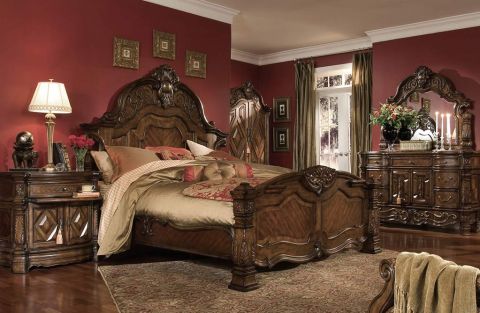Antique furniture buying guide
2022-07-20 13:31:39
Buying furniture is just like buying a piece of artwork. The first criteria is to buy something you will enjoy. And full enjoyment of your new furniture means considering your taste, your lifestyle and, of course, your budget

Discover Antique Furniture
Before purchasing antique furniture, consider first how the pieces will match your home. If your decor is contemporary, adding an ornate Victorian object might not create the effect you want. Also, think a bit about what your style is and what design periods can help you create the look you like. Then have some fun, mixing and matching your favorite styles.
Choose items that are not only vintage or antique, but also attractive and functional, such as chairs, cabinets, desks, and dressers. Additionally, incorporate antiques throughout your home. Almost every living space can be enhanced by a piece of artisan furniture, from a hand-planed bench in the kitchen to a sturdy Mission coffee table in the den to an elaborately gilded mirror in the foyer. You can also give your home an antique look with reproduction furniture. True antique furniture collectors, however, prefer real period pieces from specific popular eras.
Explore your antique furniture options
Antique furniture of every style and aesthetic is available on shopndeal, from stately Gothic headboards to modernist Eames chairs. Narrowing down what you like and what will work best in your home is the real fun.
Peruse shopndeals entire antique furniture category, organized by object and style, to begin to develop your own tastes and sense of style. You will probably discover items you hadnt ever considered. A few ideas to start with:
Rustic: Try a comfortable French Country sofa.
Sleek: Select dramatic Art Deco stools.
Elaborate: Enjoy a richly ornamented Victorian-era dresser.
Simple: Display a beautifully aged American Primitive armoire.
Some other types of items to consider in your new favorite old style include antique benches, antique bookcases, antique chaises, antique cabinets, antique sideboards, antique stands, and antique vanities.
True antique hunters search for beautifully preserved objets dart, armed with pins, magnifying glasses, and levels. Many other home decorators arent as concerned about a pieces history or authenticity, opting for quality reproductions that are more affordable. Both approaches are fine. Your challenge: making an educated decision based on whats important to you.
There are many ways to determine if a piece of antique furniture is a true piece of history or a clever reproduction.
Signs of age: Since wood shrinks over time, look for signs of cracking, warping, and fading, as well as slightly ragged edges (a sign of the old-fashioned, pre-motorized handsaw). Mirror glass should be very thin and slightly warped. Look for notes of this in seller descriptions.
Imperfections: From your review of the listings images, try to determine if the pieces boards are of varying widths. Uniform board widths are a fairly modern invention.
As always, its important to get all the facts. If you have questions about a specific piece, ask the seller. Most antique furniture sellers are happy to provide you with additional details or photos of the piece to help you make an informed decision.












